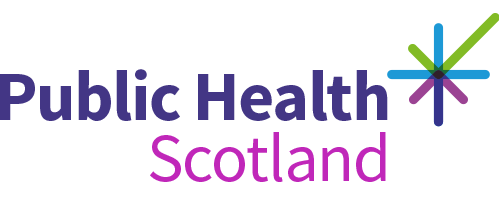Group A Streptococcus (GAS) quarterly surveillance report
September to December 2023
- Published
- 28 May 2024
- Type
- Statistical report
- Author
- Public Health Scotland
Metadata
- Publication title
Group A Streptococcus (GAS): quarterly report
- Description
The publication provides data on GAS activity in Scotland for the most recent quarter, organised into ISO weeks.
- Theme
Infections in Scotland
- Topic
Group A Streptococcus
- Format
HTML
- Data source(s)
- Electronic Communication of Surveillance in Scotland (ECOSS)
- PHS iGAS enhanced surveillance database
- Date that data are acquired
?
- Release date
28 May 2024
- Frequency
Quarterly
- Timeframe of data and timeliness
Quarter three, weeks 40 to 52 of 2023, approximately one week in arrears.
- Continuity of data
Data from 2016 to December 2023 is presented.
- Revisions statement
Figures contained within each publication may also be subject to change in future publications. Further detail can be found on the about our statistics section of the website.
- Revisions relevant to this publication
This publication has no revisions.
- Concepts and definitions
Group A Streptococcus (GAS) – also known as Streptococcus pyogenes or Strep A – are bacteria which can colonise the throat, skin and anogenital tract. Many people carry GAS in these areas without resulting illness, however there are occasions where GAS can cause illness. GAS infection commonly presents as a mild illness with a sore throat. GAS can also cause a range of skin, soft tissue and respiratory tract infections, including scarlet fever.
GAS also can occasionally cause severe infection. GAS infections are classified as invasive (iGAS) if they have GAS isolated from a normally sterile body site, such as blood, cerebrospinal fluid, joint aspirate, pericardial peritoneal-pleural fluids, bone, endometrium, deep tissue or deep abscess at operation or post-mortem.
Under the Public Health (Scotland) Act 2008, cases of iGAS are notifiable. iGAS cases are also reported to PHS through an enhanced questionnaire, which provides further information on risk factors and outcomes. In addition, invasive GAS samples are sent to the reference laboratory for further analysis and typing.
- Relevance and key uses of the statistics
Data are collected as part of mandatory public health surveillance providing data to monitor the epidemiology of GAS and iGAS, informing public health planning and response.
Statistics are used by PHS for surveillance purposes and published for transparency.
- Accuracy
The data are considered accurate.
Data are validated locally by partnerships.
PHS carries out further validation checks in consultation with NHS Boards, as required.
The Code of Practice for Statistics has been followed to ensure a high standard of data value, trustworthiness and quality.
- Completeness
All data returned from ECOSS is used for analysis.
Data on mortality is extracted from the PHS iGAS enhanced surveillance system.
- Comparability
Scottish data is regularly compared to UK Health Security Agency (UKHSA) GAS activity reports.
- Accessibility
It is the policy of Public Health Scotland (PHS) to make its web sites and products accessible according to published guidelines.
- Coherence and clarity
All delayed discharge reports are available on this website.
- Value type and unit of measurement
Number of cases of GAS/iGAS is a count of those cases reported via PHS ECOSS in a given quarter.
- Disclosure
The PHS protocol on statistical disclosure is followed.
The risk of disclosure from the data described is low.
- Official Statistics accreditation
Experimental statistics.
- UK Statistics Authority Assessment
Not assessed.
- Last published
Not applicable.
- Next published
27 August 2024
- Date of first publication
28 May 2024
- Help email
- Date form completed
18 March 2024
